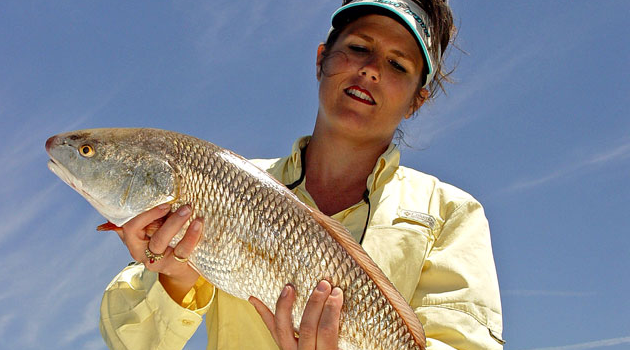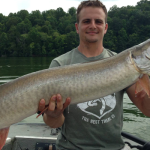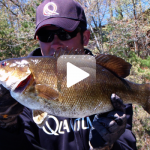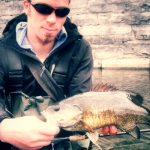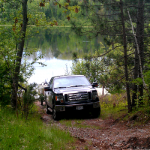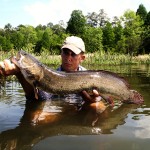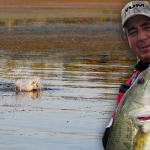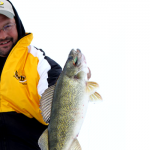By William Redmond
They don’t all make the journey, but the annual spawning aggregations of Florida’s Gulf Coast redfish create a dynamite opportunity for anglers to target big numbers of redfish, with a good chance of locking horns with a legitimate bull.By now, autumn’s cooling temperatures have prompted big herds of mature brood stock redfish to gather near passes, inlets, jetties, rocks and piers all along the Gulf Coast. In addition to the big bruisers of 30‐plus inches, a lot of slot‐size fish in and just above the 18‐ to 27‐inch range will also take part in the yearly massing.
Late‐September through November sees sporadic big‐fish opportunity as waves of these crimson whoppers head offshore to spawn, while the remaining juveniles and sub‐adults offer tremendous rod‐bending opportunity.
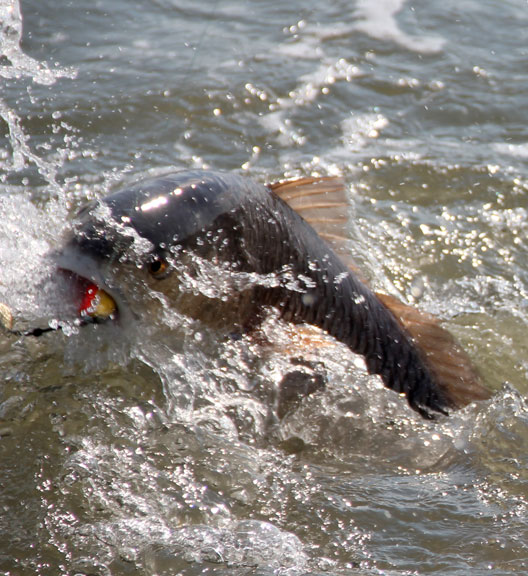
Here’s a regional glimpse (north to south) of some popular fall redfish tactics:
BIG BEND – Look for big numbers of mid‐slot fish to oversized bulls around the barrier islands. Fish points and oyster bars and watch for mullet schools, because reds are normally found close by the food.
Flood tides are best, but any period of moving water may produce fish. In Steinhatchee, the flood tide is especially important because of the way the fish utilize the shallow flats adjacent to rocky points. Once you locate a school of reds, you can move with them throughout the tide
and pick off fish from the edges. The fish will be spooky in the clear water, so proceed with stealth.
What to Throw: Live pinfish or cut mullet, topwaters like the Bomber Badonk‐A‐Donk and weedless soft plastic jerkbaits.
NATURE COAST – From Homosassa to Crystal River, the St. Martins Keys, the Suncoast Keys and the spoil banks off the Progress Energy Complex (Crystal River power plant) are prime fall targets in this Nature Coast redfish Mecca. The numerous areas of limestone outcroppings and oyster bars (closer to the river mouths) offer a bounty of crustaceans and baitfish for hungry reds.
The latter half of an incoming tide is the local preference for the coastal keys, rocks and bays. Wind drifts are best for most of the area’s structure, but you’ll want to use the trolling motor along the spoil banks.
What to Throw: Gold spoons like the gold Who Dat are a popular Nature Coast choice, but various topwaters will also produce, as will jigs and soft plastics and cut mullet or ladyfish.
NORTH SUNCOAST – From Tarpon Springs to Port Richey, schools of big mullet congregating in the shallow bays and creek mouths or around grass‐skirted rockpiles and oyster bars attract redfish that utilize the schooling vegetarians as cover for ambush feeding, as well as opportunistic foraging. When mullet rumble through an area, they displace crustaceans and baitfish that make easy targets for redfish.
What to Throw: Try topwaters early and then use ¼‐ounce jigs with soft plastics like the YUM Houdini Shad or Mud Minnow to cover water and find hungry reds.
SUNCOAST – Throughout Tampa Bay and Sarasota Bay, mangrove islands skirted by grass flats are redfish magnets. Look for the fish to settle into the sandy patches amid grass beds on low tide and then march shoreward to feed with the rising tide. Tampa Bay hotspots include the Double Branch and Rocky Creek areas at the upper end, Big Island and Weeden Island (mid‐bay) and Pinellas Point, Fort Desoto and Terra Ceia to the south. Push poling or wading may be the ticket when reds turn spooky from all the attention.
In Sarasota Bay, work the shallow flats at the north end and the sand bars along the east side of the bay from Stephens Point north to Long Bar, as well as those along the west side of the bay from the Bishop Point area to Buttonwood Harbor.
What to Throw: Super Spook Jr., gold spoons, soft plastic jerkbaits on 1/8‐ to 3/16‐ounce jig heads or weedless rigged on worm hooks for shallow grass.
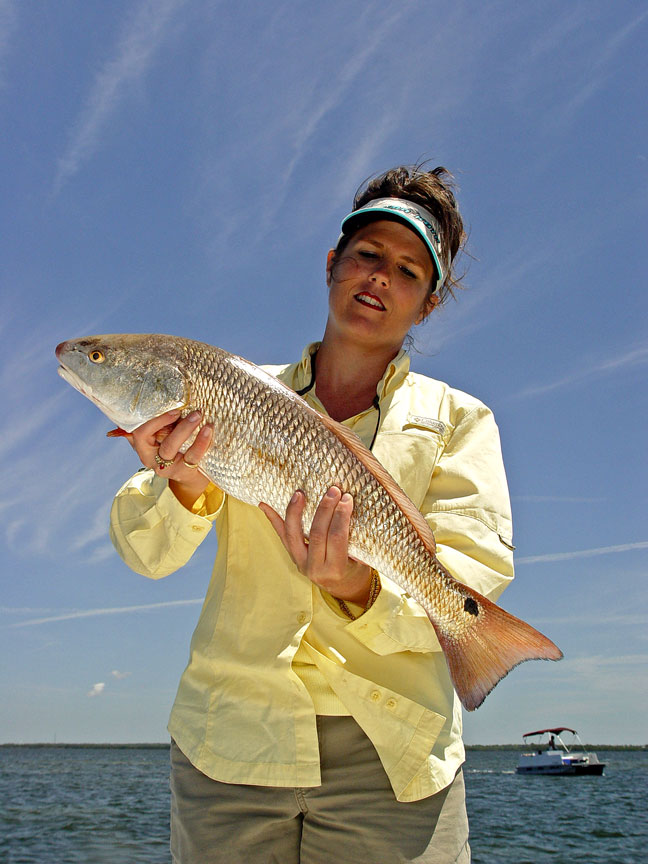
SOUTHWEST FLORIDA – From Charlotte Harbor through the Fort Myers/Naples area, look for fall reds around outer bars, bridges and docks near passes. Tracing mangrove shorelines on high tides and casting toward points is a good bet.
What to Throw: Live pilchards or shrimp (free lined or under a Paradise Popper XTreme popping cork), topwaters and synthetic shrimp.
Wherever you look for fall redfish, pay close attention to your surroundings and look for common clues. When a big school of bronze bodies moves across a sandy flat in 2 feet of water, you’ll have a hard time missing this impressive sight. That’s a rare gift that balances the more common case of quietly drifting or poling across open water in hopes of spotting a telltale sign.
Look first for “nervous water” – an area that seems to be moving counter to the wind and/or waves. Also watch for pronounced V wakes made by reds on the move. You’ll see a lot of mullet activity in the more productive areas, but these ambling fish move with no apparent course, while reds are distinctly decisive. At times, though, loner reds will sit hidden in the grass until you’re practically right on top of them. Spooking at the last minute, they’ll leave a cloud of mud colloquially called a “smoke” or “dust‐off.”
A good thing about reds is that finding one usually means finding a bunch – especially during the fall aggregation. These fish will give you a relentless fight that’s a ton of fun on medium spinning or baitcasting tackle. Ox‐strong, redfish revive quickly for live release and that gets you right back into the action for your next catch.
Redfish regs: Florida allows licensed anglers to keep two redfish between 18 and 27 inches per person per day in the Northwest and Northeast zones. Daily bag limit is one fish between 18 and 27 inches in the South Zone.


